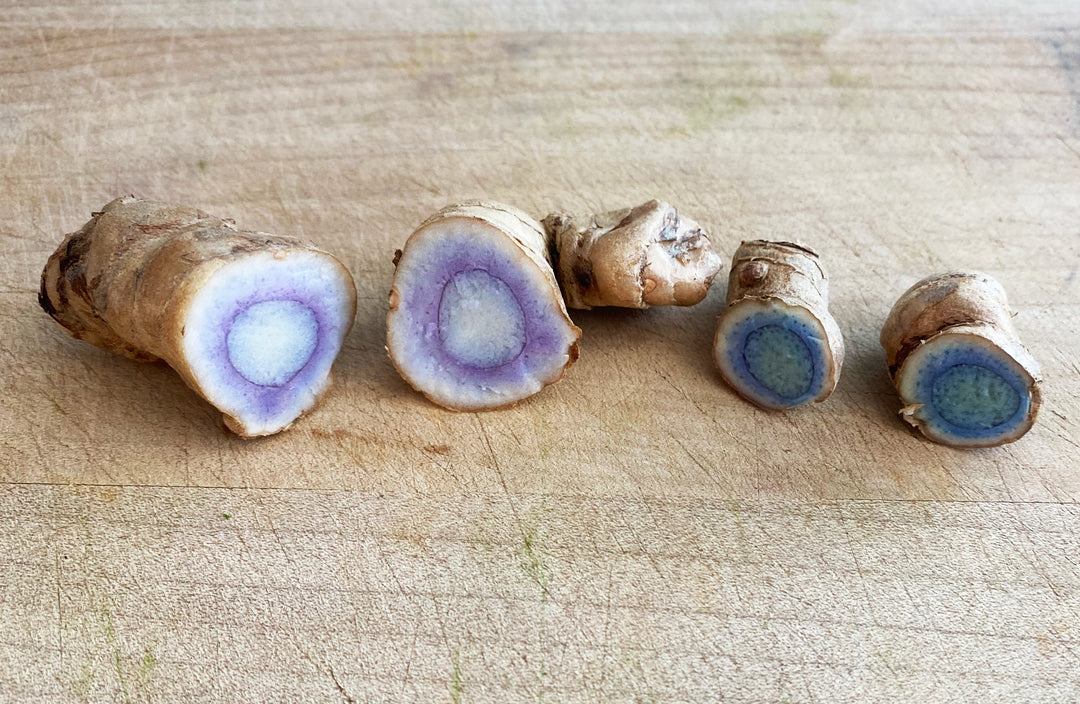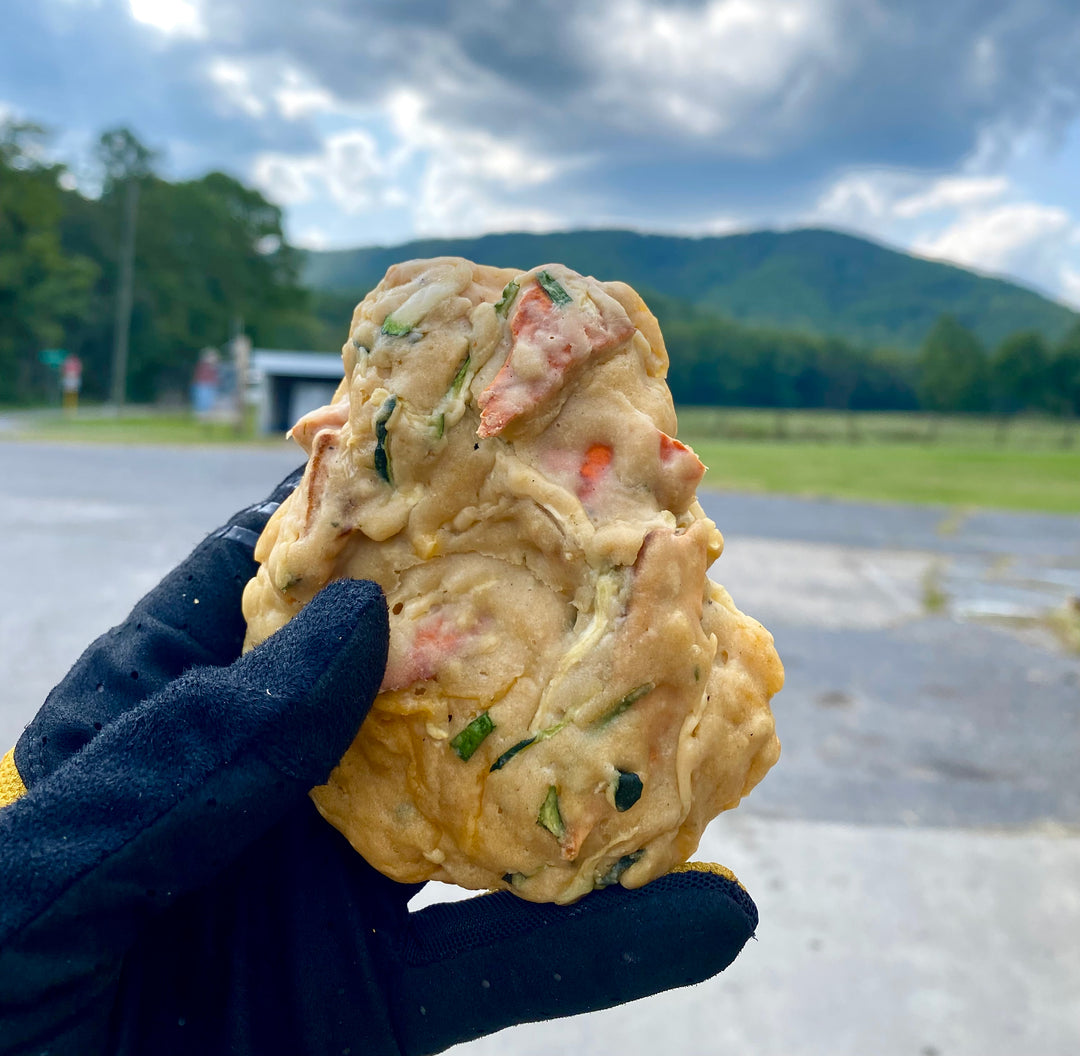Tips on Being an Injured Athlete | Chelsey Magness

Unfortunately injury is part of the game for many athletes. Yes, it can be a bummer, especially when it sidelines you for a while or takes you out of an upcoming race that you were looking forward to, but with the proper mindset and nutrition, you can speed up your healing time and come back even stronger!
After winning Expedition Ozark, a 5 day expedition race in the Ozarks, I took 4 weeks off of intense training and switched gears to zone 1/2 easy rides, runs and paddles. This usually primes me for the next training block, but a day before I was supposed to go out and do my first big effort, I still had foot pain. My intuition told me to investigate it further, and sure enough, after an MRI, I was told that I had a stress reaction (almost a stress fracture and a low grade partial tear on my spring ligament, which is the ligament that helps your arch stay strong and healthy). At first I was pretty bummed, as wearing a boot for a few weeks is never fun, but then I turned my focus to all the positives:
- I caught it early.
- I knew exactly where the injury was (no guessing needed!)
- I had all the tools needed to heal properly.
Dive into your nutrition and eat!
Many athletes think that since they are not training as hard or for as long, they don’t need as many calories. However, when we are injured and are rebuilding damaged ligaments and bones, our bodies need healthy fuel (and a lot of it) to rebuild damaged tissues. If we cut our calories (like I used to!) when we are injured, then our bodies will heal much slower. One of my favorite quotes from a women athlete (who’s name I have since forgotten) is “I’d rather be a little overweight and able to race/train than injured and at the same or less weight.” Now, as an injured athlete myself, whenever my brain says “maybe you shouldn’t eat as much because you are not working as hard anymore” I think of this and it reminds me to not worry about calories, but instead to eat healthy and often. I do of course make an extra effort to stay clear of refined sugars and processed foods during this time. For example, If I am having a sugar craving, I will reach for a piece of fruit instead of a cookie. Being injured has really reignited my passion for cooking with whole healthy foods that have protein, anti inflammatory properties, and loaded with nutrients to help rebuild the body. My favorite recipes can be found on Run Fast, Cook Fast and Eat Slow, which are loaded with good whole food ingredients that even the kids love, which is a major bonus!
Your thoughts matter more than you know.
Keeping your mind free of negative thoughts and worries when you are injured is easier said than done. After losing one of my twin sons at birth, one of the therapy techniques that really helped me was what was called “exposure therapy” or “timed grief”. For 15 minutes a day, I would go to a place either inward or out in the physical world that reminded me of my son and I would cry and grieve. When my time was up, I would close with a little meditation and say thank you, and “close” that door for the day. It helped me so much that I started using it in other areas in my life. When I first got my MRI results back, instead of holding in my emotions, I set a timer for 15 minutes and I grieved and let myself cry and feel all of my emotions around it. When my time was up, I was surprised at how exhausted I was. I did feel much lighter, and was ready to move on to more positive thoughts. One example was to change the language around my pain or injury, such as using the words “I’ll be back stronger.” This change in thinking patterns created a positive mindset for me to move forward with my recovery.
Continue to fuel your efforts.
When injured, usually you can still (and are encouraged) to do other activities such as biking, swimming or paddling. Currently I am not putting in any hard efforts, but still moving my body in this rebuilding phase, and staying fueled, as it replenishes the nutrients and promotes healing. This is where Spring Energy has been crucial in supporting my low impact activities. I make sure to eat a Spring gel before, and sometimes during my workout if it is a longer session. The Koffee, Awesome Sauce and Long Haul flavors have been my top favorites, with Koffee starting off the day, which is loaded with fat and some caffeine. For my late afternoon, hotter paddling sessions, I go with the Awesome Sauce or the Canaberry. These are still loaded with great whole food ingredients but don’t have as much fat in them, so they burn fast and give me immediate energy. After my workouts, I make sure to load myself up with a huge nutrient and protein dense smoothie.

Being injured and on the sidelines is never fun, but if you play your cards right, you will come back stronger and wiser. Injuries can be great teachers and can sometimes even steer us in a new direction that we never dreamed of going. During this current injury, I have started gravel biking and learning all about how important it is to keep your feet healthy and strong. They can be both a bummer and a blessing, but hopefully with these tips they can be more of a growth opportunity.
Happy healing!







Great blog, great advice!
Thank you for this!! Such great tips! I’m dealing with a tibia stress fracture right now, and I’ve been trying to keep a “glass half full” attitude about it. Sure, I’d rather be out running right now, but this is giving me to opportunity to work on other areas I’ve been neglecting in training. We’ll definitely come back stronger! Happy healing to you!
Leave a comment